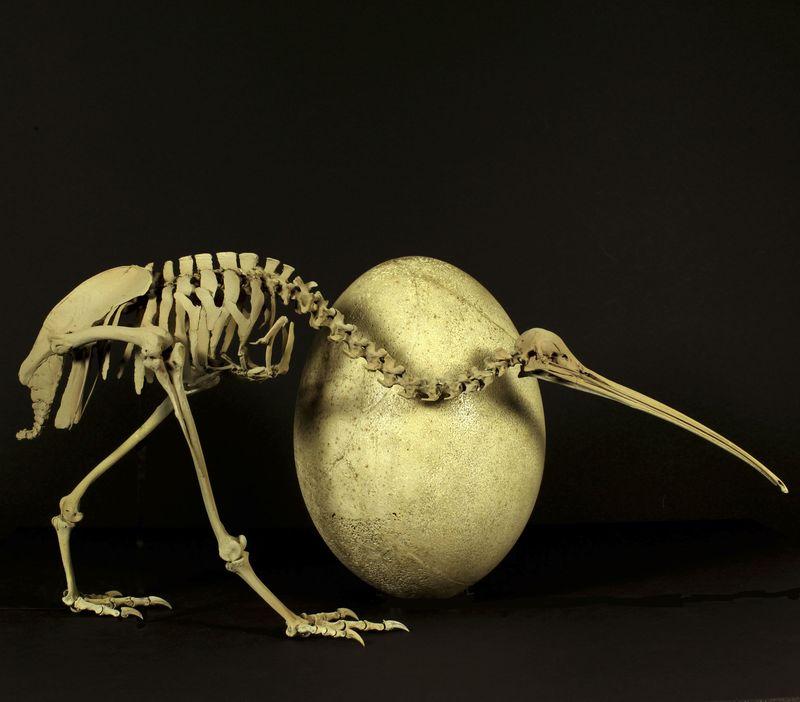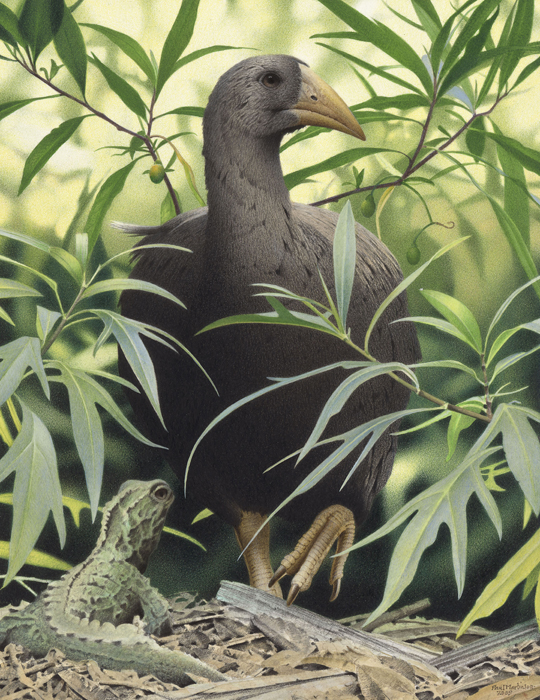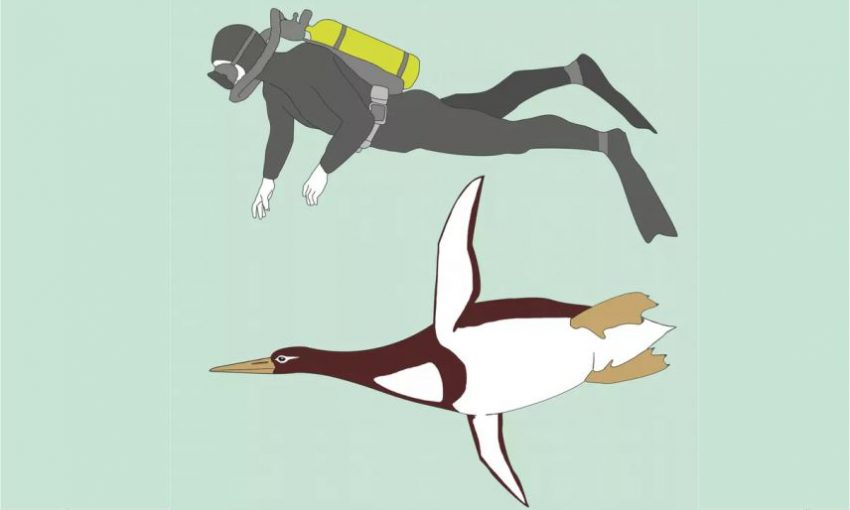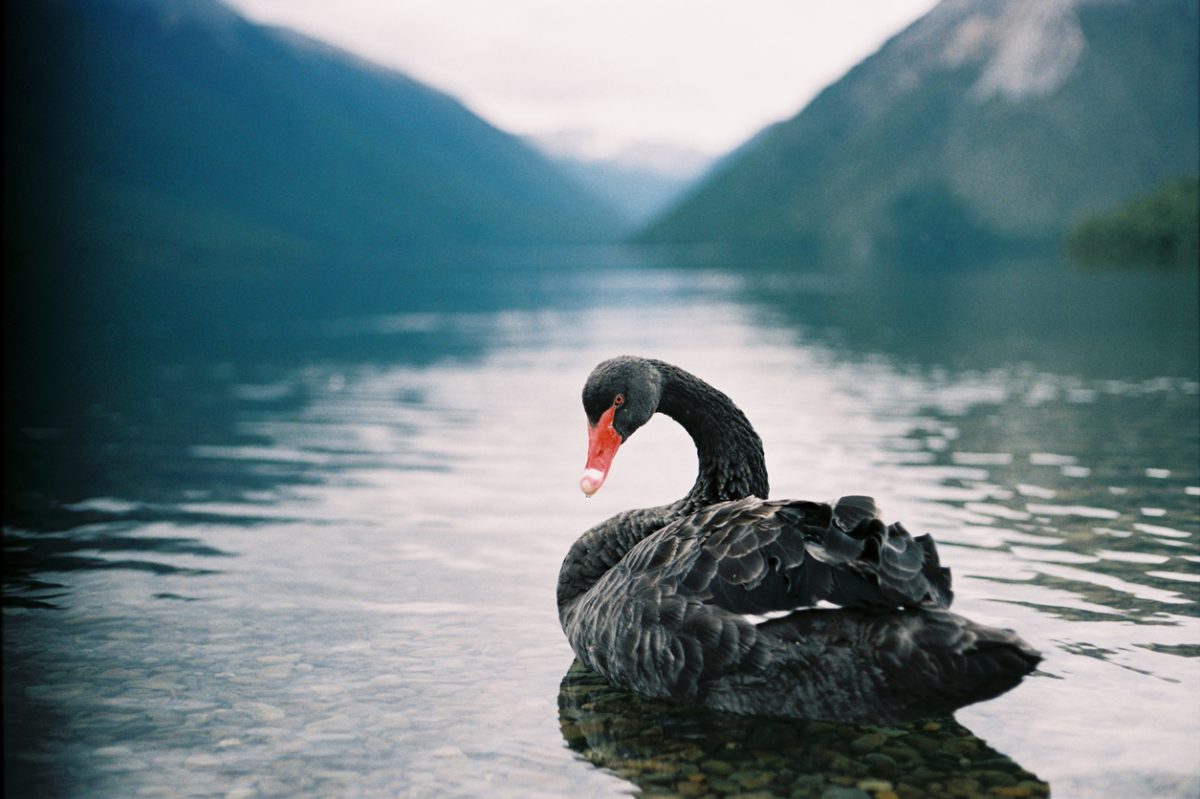Visit any major museum in Aotearoa New Zealand and you will see a giant moa skeleton on display. The first thing you notice, apart from its enormous size, is the complete lack of wing bones. The answer to how the tūpuna of moa arrived on our shores and subsequently lost their wings has been one of New Zealand’s greatest evolutionary mysteries.
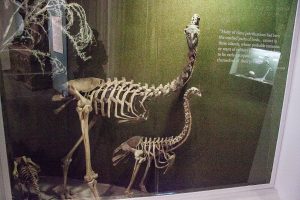
Moa, and our other national bird, the kiwi, are members of an ancient super group of birds called palaeognaths (derived from the Greek for ‘old jaws’, referring to the primitive-looking roof of their mouth), very different to their evolutionary rivals, the neognaths (new jaw) that include all other birds alive today. Continue reading “How to make a flightless bird”

